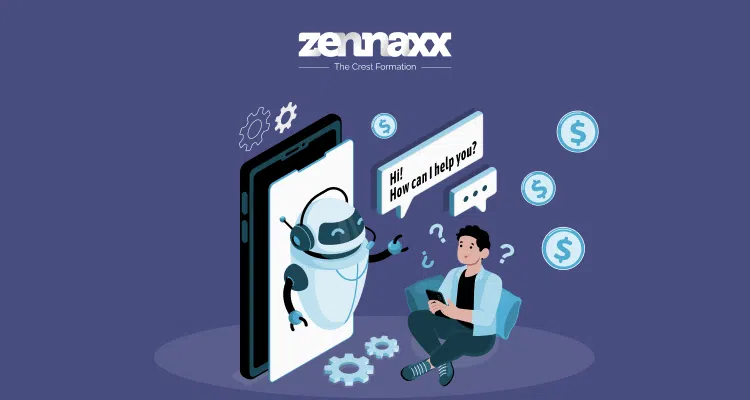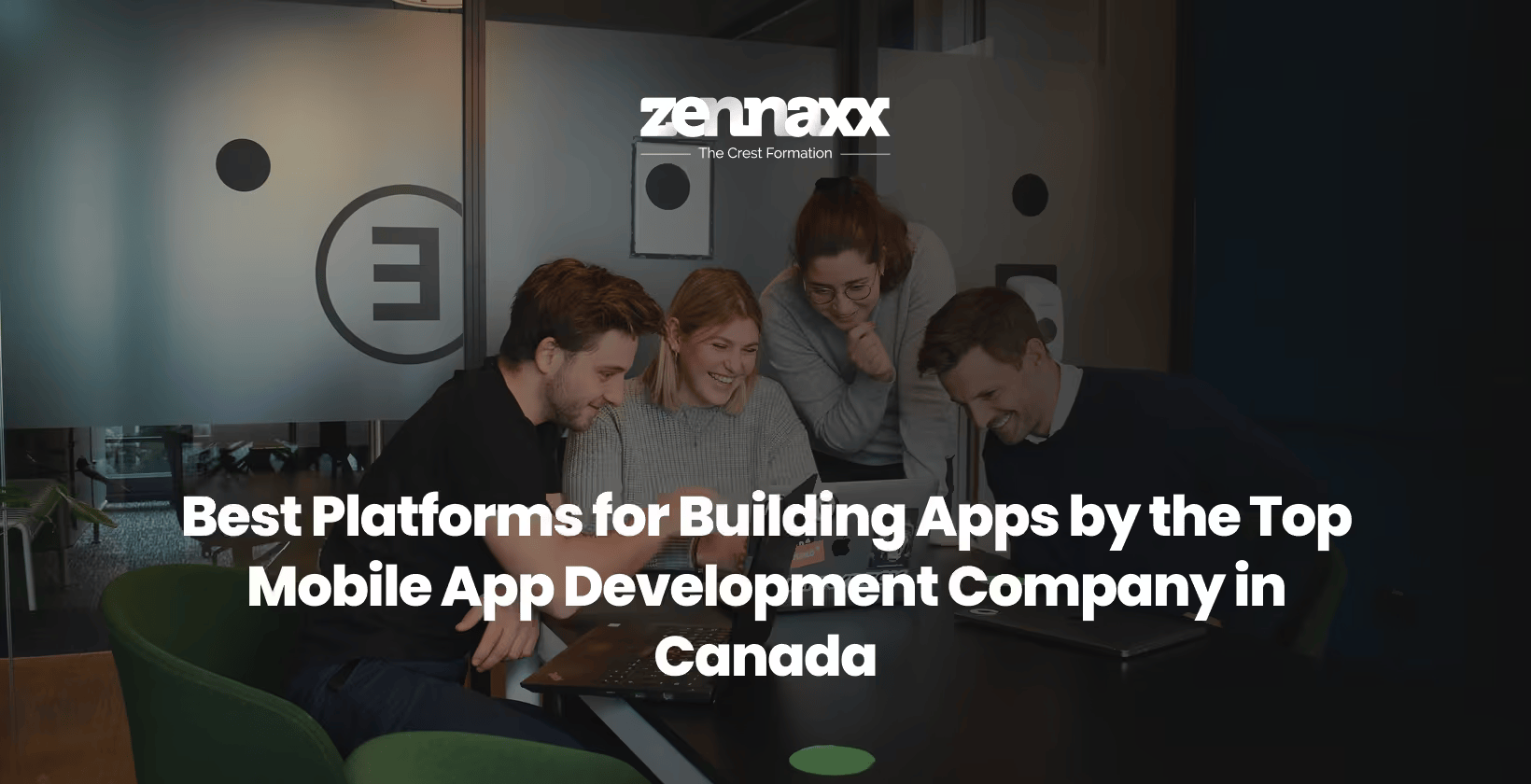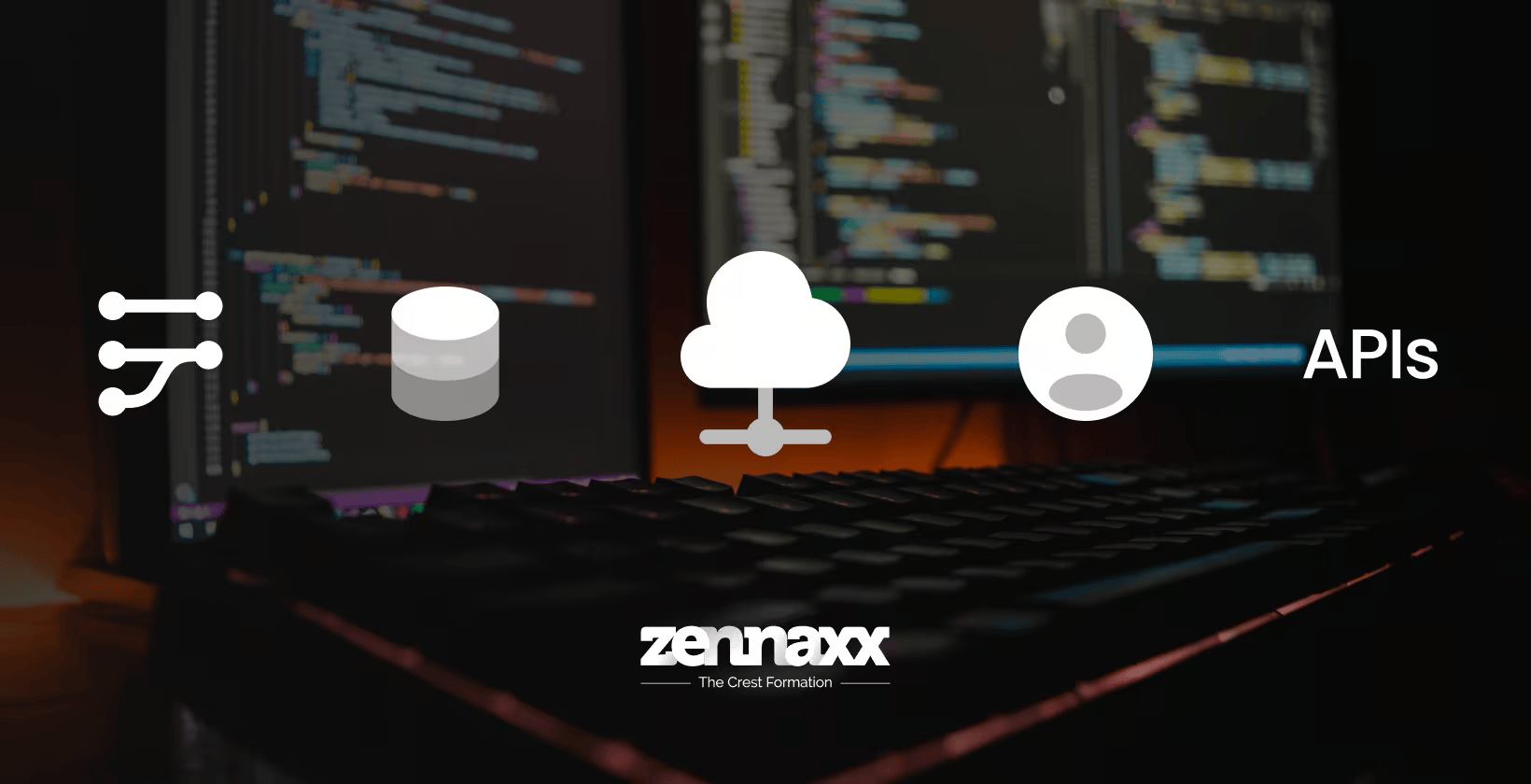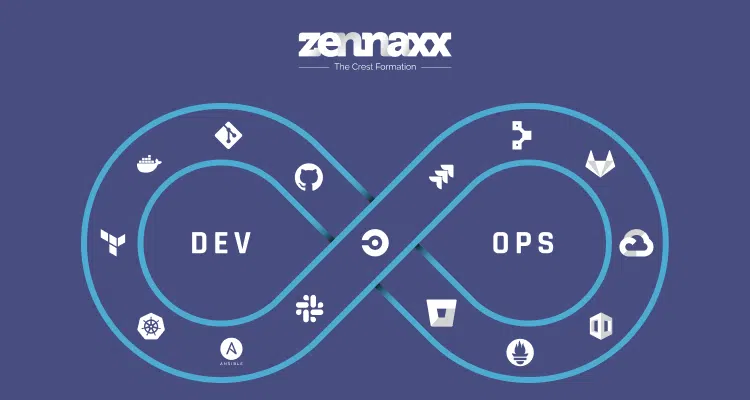AI and GPT have changed the habits of people around the world. Every person prefers to ask AI rather than search manually or scroll anything on the internet.
The impact of finding a quick answer makes customers more likely to engage with websites that offer chatbot services.
Every popular service worldwide comes into the race for chatbot development to improve the user experience and increase customer satisfaction.
Chatbot development cost is the main concern for small businesses or budget-conscious companies.
If you integrate a chatbot into your website or platform, you must be aware of the basic development cost and the proper development time and process.
The cost can vary depending on the complexity of the chatbot and the features required. A basic chatbot development cost is between $10000 and $30000, or based on your requirements, it can go higher.
In this development costing document, we highlight the factors that can influence the developing cost. We also suggest some effective ways to monetize your chatbot.

What is a chatbot?
A chatbot is a software program that engages in conversations with people through chat. Chatbots are often used for customer support and virtual assistance. A chatbot uses NLP and ML to understand and answer questions.
There are various chatbot development options for your business needs. Each chatbot type has a different development cost.
AI chatbots are at the top of recent chatbot development trends. Because they learn from their conversations and improve over time, they can solve tough problems.
Button-based chatbots, on the other hand, give users a menu they can select from, making them fit for simple things.
Rule-based chatbots give users knowledge. They trigger responses using specific keywords, making programs smarter.
Chatbots are popular in e-commerce, travel, and customer service. They can help customers anytime, day or night. They can answer questions, schedule appointments, and help with simple tasks.
So, they are great for improving customer experience and business efficiency.
Key Statistics and Trends in the Chatbot Market
- Market Size: The global chatbot market was valued at USD 5.13 billion in 2022 and is projected to reach USD 20.81 billion by 2029, exhibiting a CAGR of 24.32% during this period.
- Year-over-Year Growth: The market is expected to surge from USD 6.7 billion in 2023 to USD 8.43 billion in 2024, reflecting a remarkable CAGR of 25.9%.
- Long-Term Projection: From a modest USD 190.8 million in 2016, the market is poised to escalate to USD 1.25 billion by 2025.
How Much Does It Cost To Build A Chatbot?
Depending on your platform demands, a chatbot development cost can be between $10,000 and $200,000. The total development cost depends on your tech, features, and dev team.
It also depends on your customers and business area. Many companies need to be aware of chatbot development’s true costs.
With these cost estimates, you can start planning your chatbot development. If you need more clarification about adding a chatbot to your site, consult a software development company.
They can give you a cost estimate and guidance based on your needs.
Factors Affecting Cost to Develop a Chatbot
Finding out what impacts the chatbot development cost will help you to maintain your budget.
The choices you make regarding these factors significantly influence the development cost of your chatbot project. Let’s understand every factor in detail.
1. Custom Development
Going for custom development helps you maintain your overall factors. It can greatly affect the cost of chatbot development.
Customization helps develop your chatbot according to your business needs. You can adjust its features, design, and functions that your customer likes most. For instance, you might want a user-specific interface that reflects your brand.
In addition, you may require advanced NLP, and you can integrate it into your project smoothly. It would help the chatbot understand and answer long and complicated questions.
You can change existing chatbot frameworks or make a new one for customization. Each new customization can be plus or minus your development cost.
2. Chatbot Features, Complexity, and Scale
The features related to your business also affect the complexity and the project scale. Simple chatbots use pre-defined responses to answer simple customer questions.
They’re cheaper to develop than more advanced solutions. The latter provides automated lead generation and personal suggestions for a dynamic interaction.
Adding multilanguage support and extra advanced features increases the compatibility of your project. They need more development time and specialized skills.
Also contributing to this are AI analytics and integrations with systems such as CRMs and payment gateways.
The chatbot development cost will also depend on the size, whether it is a small business or an enterprise. You need a strong architecture and lots of testing for a large-scale deployment.
3. App Platform
The platforms you choose also affect the cost of chatbot development. Each platform—website, app, messaging service, or voice assistant—needs unique development and testing.
For example, a website chatbot might need to adapt for mobile devices. It must work on different screen sizes and operating systems.
Developing for multiple platforms at once increases time and costs. Also, each platform may have its standards.
This requires extra work to ensure compatibility and performance. The broader the platform support, the higher the investment required.
4. Integration with Internal Processes
Integrating the chatbot with your company’s internal processes can be challenging and costly. For example, your company’s ERP systems, CRM software, and other custom tools fall into this category.
For immigration, you need some extra hours from the developer team. Verifying the chatbot’s ability to interact with these systems is essential, as it will determine whether data is collected or forwarded.
One example is that a chatbot connected to a CRM system could change customer records based on conversations.
However, careful development work is required to guarantee safe, uninterrupted data flow. Additionally, extra layers of security are often needed to keep private information secure, which raises the development cost even more.
The difficulty level of these integrations will depend on the systems being used.
5. Third-Party Integrations
Third-party integrations are another factor that can drive up the cost of chatbot development. Adding payment gateways and content management systems (CMS) makes the chatbot more useful.
However, it also adds complexity. For example, if your chatbot needs to accept payments, it must have a secure integration with a payment gateway.
Including tools like video or voice chat also complicates development and increases expenses. These connections help your chatbot be more valuable.
However, achieving success requires meticulous preparation and execution. Our discussion on integration also raises the chatbot development costs. Your project’s rate and technology determine this.
To keep chatbot costs low, consider the platform to use, how to connect it to other apps, the features’ complexity, and if you need custom development.
Your business goals will guide the choices you make about how to use your chatbot.
Planning to develop EHR software?
Contact us today and let our team of experienced professionals transform your vision into an innovative and user-friendly app that stands out in the market!
5 Incredible Ways to Reduce Chatbot development cost
Making a chatbot requires careful cost management. The success and sustainability of a project are contingent upon this.
Here are five ways to make a high-quality chatbot development cost.
1. Clear objectives and scope
One of the most effective ways to reduce chatbot development costs is to start with a well-defined set of objectives and a clear project scope.
You can avoid costly, unnecessary features by clearly defining your chatbot’s goals.
Do you want to improve customer service, increase engagement, or automate tasks? A focused scope helps prevent scope creep, which can lead to budget overruns and delayed timelines.
Focus on the most important features that support your goals. You can add more later if needed.
2. Automate testing and deployment
Automating testing and deployment can cut time and costs in chatbot development.
Manual testing and deployment are labor-intensive and prone to human error, which can lead to costly rework.
Automated testing tools can quickly find and fix issues in development. Making a better product this way will take less time and work.
Also, automated deployment pipelines speed up updates and new features. They cut costs by reducing downtime and manual work.
3. Choose cost-effective platforms
Choosing the right platform for your chatbot is important for keeping costs down.
Depending on your needs and the people you want to reach, some platforms are cheaper than others.
If you know that the people you want to get use a certain messaging app, for example, make your chatbot work on that platform first. Then, increase your scope to include others.
Focusing your resources this way enables you to achieve the greatest possible impact. It reduces the need for extensive cross-platform development.
Also, some chatbot development platforms offer tools and templates. They can help you build a functional chatbot faster and cheaper.
4. Adopt agile methodologies
Using agile methods in chatbot development can save money. Agile methods stress iterative development, feedback, and flexibility.
They let you adapt quickly to changes without much rework. Breaking the project into smaller tasks will help.
You can deliver parts of it faster, get user feedback, and make changes before moving on. This process helps prevent costly mistakes.
It ensures the final product meets user needs. This ultimately reduces development costs.
5. Continuous monitoring and optimization
Monitor and optimize your chatbot once it has been launched. This will maintain long-term cost savings.
If you want to discover ways to make the chatbot better, you should regularly examine user interactions and metrics.
Optimization includes improving responses, getting more people involved, and fixing bugs. Fixing these problems now will keep them from growing into big, expensive problems.
With monitoring, you can scale the chatbot and modify its resources according to real usage. So you don’t waste money on features or space you don’t need.
Follow these tips to make a good chatbot and save money simultaneously. Define clear objectives. Automate processes.
Choose cost-effective platforms. Adopt agile methods. Commit to continuous optimization.
5 Effective Ways to Monetize Your Chatbot to Get ROI
If you want to get a good ROI, you should think about the qualification of monetization as a priority. If you want to turn your chatbot into a way to make money, here are five suggestions.
1. B2B Bots
Businesses that provide B2B services are in demand. Businesses can benefit greatly from B2B chatbots because they help them improve customer service, collect data, and encourage direct communication within the business.
Show these chatbots to your clients as a subscription service to firms to get them interested in buying those chatbots.
They will save you time and automate jobs. B2B chatbots help companies drive more sales and partly achieve a higher return on investment, for example, by fixing certain business issues like cutting down on customer service costs and making things run more smoothly.
2. Freemium Model
A freemium model has become a preferred way to capitalize on the chatbot market. It provides free basic functions but charges extra for advanced features.
As a result, end users will try out the chatbot without paying anything. This might attract people to use it. If users find real value in the service, they might subscribe to the exclusive functionality.
Have you got enhanced analytics, additional visibility, and advanced integrations? You are getting there. They are designed to serve different market segments and ensure you have revenue streams.
3. Affiliate Marketing and Sponsorship
Chatbots have emerged as a potential resource for affiliate marketing and sponsorship. Your chatbot can earn money or rewards by suggesting related products, services, or subjects to the conversations your users are having.
A commission is given to the owner of the affiliate links for sales made. In addition, you can join forces with brands to put paid content in the chatbot or offer sponsored content to the users.
A chatbot designed for travel can include links to hotels or flights through which it can earn a portion of the income generated.
As a bonus, these steps will also help your money. They will improve the user experience by giving useful ideas in real-time.
4. Lead Generation and Qualification
The chatbots that generate and qualify leads sell for businesses. Although they are only a small part of your sales funnel, they are still useful tools.
Chatbots can spot and qualify potential buyers. They do so by interacting with the users, for they require the user to be engaged with the relevant questions and information they provide.
You are going to get money from this source by selling the promising leads to the companies that are interested in the new customers.
Ultimately, you can use the information to increase your sales as well. This method is a very fast way to get your ROI.
This also plays a substantial role in long-term growth by automating the collection of potential clients` data.
5. Advertising and In-App Purchases
You can monetize your chatbot in ways other than through advertisements. Through the provision of in-app purchase tasks, chatbots can generate additional revenue.
Advertising makes money every time a user sees or interacts with it. To do this, you can use user behavior and interest data to display ads that are relevant to each user.
You can also offer in-app purchases through the chatbot.
You can sell these for various things, like the user account for the exclusive content, the premium features, or even the provision of certain services.
For instance, a chatbot in the gaming industry gives a virtual cat or different game enhancements for money.
This method is an income earner and also improves the user experience. Personalizing and being relevant are both good things about it.
Apply these methods to monetize your chatbot on B2B bots, freemium models, and affiliate marketing through lead generation and the use of ads.
All of them will help you convert your chatbot into a successful business with the high ROI you seek.
Want to Automate Your Business Process With a Software Solution?
Zennaxx, a leading software development firm in Canada, has delivered 700+ bespoke solutions spanning various industries.
How Much Does It Cost to Maintain a Chatbot?
The cost of maintaining a chatbot is permanent based on your business and technology upgrade. Costs vary with the unit’s complexity, functions, and user interaction.
A simple chatbot that needs minor maintenance and monitoring costs around $500 to $1,000 annually. That comprises servers, regular updates, and basic support. However, as the chatbot becomes more sophisticated, costs increase.
Natural language processing (NLP), multi-platform integration, and advanced AI are the causes of this. The period of maintenance can be from $1,000 to $2,000.
Furthermore, the cost of chatbot maintenance depends on many different critical areas. A moderately complex chatbot with advanced features may be offered for $15,000 to $30,000.
It would entail options such as personalized answers and API integration. A chatbot with ultimate complexity can be added to an app for $30,000 to $40,000.
It would use AI, deep learning, and many languages. A unique AI chatbot that has custom capabilities might have a price tag that exceeds $50,000. If we focus on technology, maintenance costs will rise with your company’s model.
The cost will rise if frequent updates are needed to keep up with AI advancements.
The best way to get a chatbot cost estimate is to contact an AI development company.
They do everything possible to make sure that the chatbot you pick fits your needs and your budget.
Ready to Develop Your Own Chatbot With Us?
Chatbot development costs vary depending on the features, complexity and need for integration. Both small and large businesses need to know how much it costs to set up a chatbot for customer service or a quality AI solution.
It is an important part of making a clear budget for chatbot development. To compete in business, every company needs these robots. They provide great customer service and are vital to survival.
If you need clarification on the actual cost of developing a chatbot, our free AI consultation can help. It will clarify your vision for your future development and its cost.
If you want to integrate a chatbot into your business or invest in AI technology but are still determining the cost, Zennaxx Software Solution can help. We will clear up any doubts and provide a detailed cost analysis.
Frequently Asked Questions (FAQs)
- How much does the chatbot cost to develop?
- Chatbot development costs differ depending on the complexity, features, and platform it is built. The most basic text chat bots may cost from $500 to $2,500, while the smart AI-powered chatbots may range from an affordable $10,000 to even $150,000.
- Can I create a chatbot for free?
- Free chatbot-building tools are available on some platforms, but they are usually very basic and can’t be used by businesses. If you build a flexible chatbot for your business, you must work with a dev company. It must create a lifelong solution with advanced features and custom options.
- How much does it cost to develop a WhatsApp chatbot?
- The WhatsApp chatbot development cost is dependent on the features you want to add to your bot. Some developers may offer WhatsApp chatbot services at a high price. But Zennaxx Technology can build the perfect model for you within your budget.
- Does chatbot development require coding?
- Today, many platforms let you create and design chatbots without coding. But, as a business, you must code your chatbot for a more flexible solution. However, you need to know coding in some cases: JavaScript, Python, or Node.js.
- How does the choice of platform affect chatbot development costs?
- The choice of website, app, or messaging service will affect chatbot development costs. The initial cost may increase if accessories are added to other devices and platforms.


